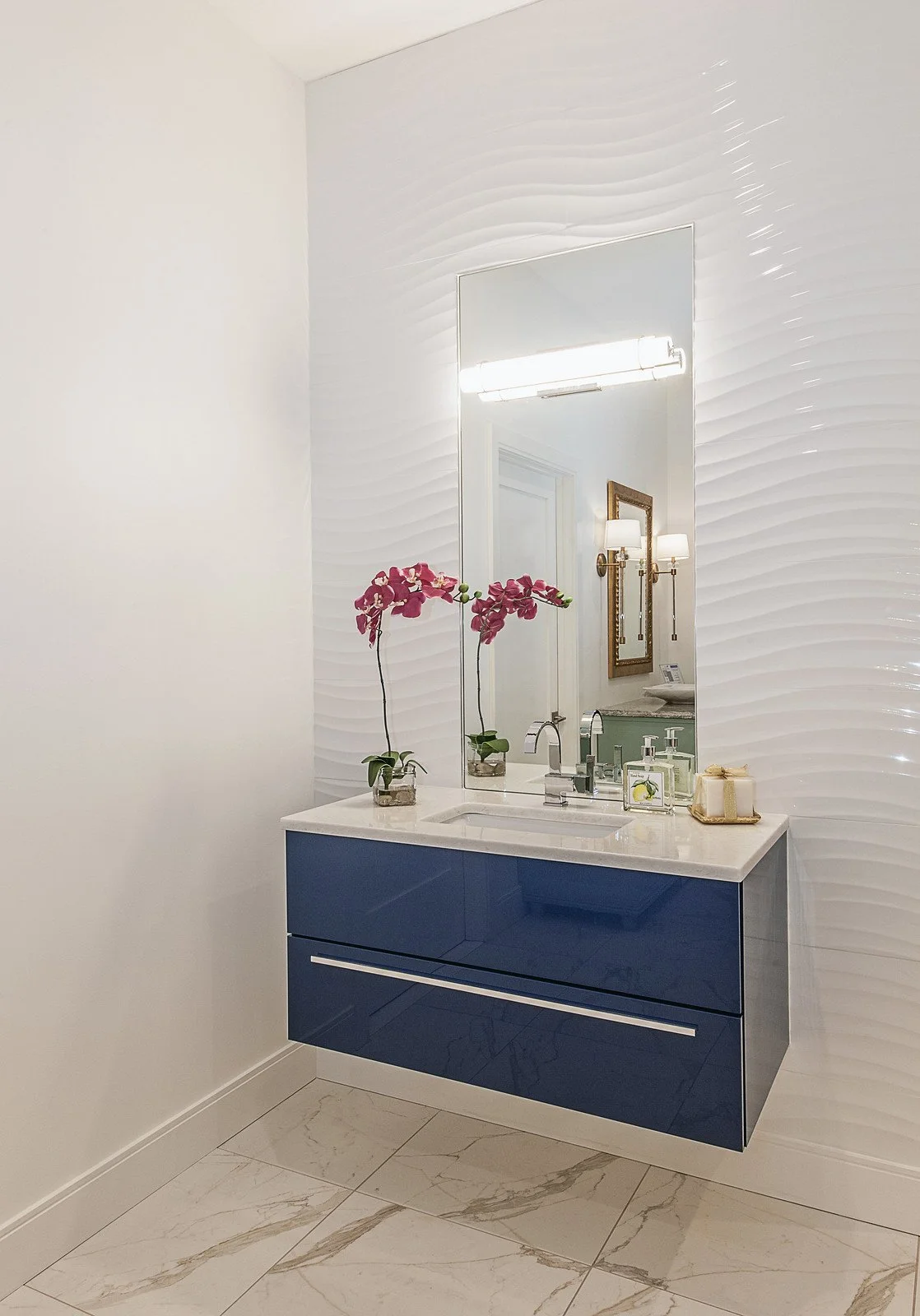Exploring Different Kitchen Design Styles: Modern, Transitional, and Traditional
When it comes to designing a kitchen, the possibilities are endless. Your kitchen should reflect your personal style and functionality needs, as it is often the heart of the home. Whether you're remodeling an existing space or designing a brand-new kitchen, understanding the differences between popular design styles is key to creating a space that feels both practical and stylish. Let's dive into three timeless kitchen design styles: modern, transitional, and traditional.
1. Modern Kitchen Design: Sleek, Simple, and Streamlined
Modern kitchens focus on clean lines, minimalist aesthetics, and a strong sense of functionality. The style emphasizes the use of contemporary materials and cutting-edge technology, making it ideal for those who appreciate a high-tech, sophisticated space.
Key Features of Modern Kitchens:
Clean Lines: Modern kitchens feature straight edges and angular shapes. Cabinets often have flat fronts with little to no adornment or hardware.
Open Spaces: These kitchens often emphasize open shelving and less cluttered countertops. There’s a focus on creating a clean, airy feeling with open floor plans.
Industrial Elements: Materials like stainless steel, glass, and concrete dominate modern designs. Appliances are sleek and often integrated into cabinetry for a seamless look.
Neutral Colors: The color palette in a modern kitchen is typically neutral, using shades like white, gray, black, and muted tones to create a minimalist vibe. Bold accent colors may be used sparingly for contrast.
Innovative Technology: Modern kitchens often feature high-tech appliances, smart storage solutions, and cutting-edge lighting.
Best For: Homeowners who value sleek, contemporary aesthetics and prioritize functionality and ease of maintenance.
2. Transitional Kitchen Design: Where Classic Meets Contemporary
Transitional kitchens are all about blending the best of both worlds—traditional warmth with modern efficiency. This style mixes elements from various eras, creating a balanced space that is both timeless and fresh.
Key Features of Transitional Kitchens:
Neutral Tones with Warm Accents: The color palette often includes neutral shades like soft grays, whites, and creams, with warmer wood tones or metal accents to add warmth and depth to the space.
Classic and Modern Elements Combined: Transitional kitchens blend traditional elements, such as raised-panel cabinetry, with sleek modern features like stainless steel appliances or glass backsplashes.
Versatile Materials: Natural wood, stone, and metals work harmoniously to create a welcoming yet updated aesthetic. The focus is on creating a balance between elegance and practicality.
Elegant Details: While minimalistic, transitional kitchens feature refined details like crown molding or glass-front cabinet doors. These subtle touches elevate the overall design without overwhelming the space.
Best For: Homeowners who want a kitchen that combines traditional charm with contemporary sensibilities, offering a timeless and inviting feel.
3. Traditional Kitchen Design: Classic, Cozy, and Timeless
Traditional kitchens exude warmth, comfort, and elegance. This style celebrates rich details, intricate woodwork, and a sense of classic beauty. If you're someone who loves ornate design and a cozy atmosphere, a traditional kitchen is an excellent choice.
Key Features of Traditional Kitchens:
Ornate Cabinetry: Traditional kitchens often feature detailed cabinetry with raised panels, intricate moldings, and decorative hardware. The cabinetry may be custom-designed to add a sense of luxury and craftsmanship.
Warm, Rich Colors: Warm hues like deep browns, cherry wood, and muted greens or blues dominate the traditional kitchen palette. These colors help create a cozy, welcoming atmosphere.
Natural Materials: Wood, stone, and marble are common in traditional kitchens. Marble countertops or classic tile backsplashes bring a sense of sophistication and timelessness.
Classic Fixtures: Traditional kitchens feature classic fixtures like brass or bronze handles, faucets, and chandeliers. The focus is on creating a space that feels grounded in history while still providing all the modern amenities.
Symmetry and Balance: Traditional designs emphasize symmetry and balance, with cabinets and appliances aligned neatly. The space is often more formal, with an emphasis on clean, ordered layouts.
Best For: Homeowners who appreciate timeless beauty and want a kitchen with character and warmth. Traditional kitchens work well in more established homes or those with a classic aesthetic.
Which Style Is Right for You?
Each of these kitchen design styles offers something unique, so it ultimately depends on your personal preferences, lifestyle, and the atmosphere you want to create.
Modern kitchens are perfect for those who want cutting-edge design and minimalism.
Transitional kitchens are ideal for those who want a balance of old and new, offering both classic and contemporary features.
Traditional kitchens are great for those who appreciate a warm, elegant space that feels timeless and inviting.
Whichever style you choose, remember that the kitchen is a reflection of you and your home’s personality. By understanding the key features of each style, you can create a kitchen that not only suits your aesthetic but also functions beautifully for your daily needs.








